New Delhi, February 3, 2025: Development Alternatives (DA) inaugurated a 32.5 kWp solar mini-grid in Patratoli, Nawagarh, Raidih, Gumla district, Jharkhand. This initiative, implemented under the Rani Urja Mandala Mahila Samiti, aims to provide reliable clean energy to rural enterprises while promoting women-led energy entrepreneurship. Two additional solar mini-grid sites were also soft-launched in Lassia and Lachragarh, Simdega district.
The project is part of Development Alternatives’ Urja Mandala model, a decentralized renewable energy solution implemented in collaboration with HSBC. It follows a Public-Private-Community partnership approach to enhance rural electrification while enabling women entrepreneurs to manage solar energy distribution.
Women-Led Energy Access for Rural Businesses
Women from the Rani Urja Mandala Mahila Samiti will oversee operations at the Patratoli mini-grid, ensuring affordable and reliable electricity for local businesses. “The Rani Urja Mandala Mahila Samiti is a brilliant example of how women in a rural community can take charge of access to electricity, providing much-needed power to entrepreneurs who have otherwise been relying on diesel for their energy needs. When replicated, the model has the potential to completely transform how electricity is supplied to rural India,” said Shrashtant Patara, CEO, Development Alternatives.
Madhuri Devi, a member of a local Self-Help Group (SHG) and Farmer Producer Organization (FPO), shared the impact on enterprises, stating, “Our village, especially the local enterprises, faced a lot of issues due to the inconsistent supply of electricity, which have now been resolved. Most of the enterprises are now looking at investing in big machinery to run their businesses.”
Scaling Up Clean Energy for Rural Development
The Urja Mandala initiative is a key component of the Energy Transition for Rural Empowerment project, which aims to establish eight solar mini-grids with a combined capacity of 7.5 MW. The project is expected to mitigate 10,000 tCO2e of greenhouse gas emissions by replacing diesel and coal-fired energy sources.
Key achievements of the initiative so far include:
- 12,408 individuals benefiting from operational Urja Mandalas in Uttar Pradesh and Jharkhand.
- 30% increase in annual income for micro-entrepreneurs.
- 50% projected income increase for women-led collectives.
- 20 tonnes of CO2eq mitigated, with 122.5 kWp of installed capacity.
- INR 15.36 million mobilized from entrepreneurs, the private sector, and community institutions.
Richard Azarnia of Mlinda Foundation highlighted the project’s long-term vision, stating, “We are testing a model that integrates energy access with business and local economic development, creating a sustainable ecosystem for growth. By combining our complementary strengths, we aim to explore its potential, scale it across Jharkhand and beyond, and contribute to a broader, viable pathway for inclusive expansion.”
Collaborations and Support
The project is supported by HSBC Bank, Mlinda Charitable Trust, Jharkhand State Livelihood Promotion Society (JSLPS), and several local farmer producer companies and cooperative societies.
By combining clean energy access with economic development, the Urja Mandala model aims to create a sustainable, women-led ecosystem that strengthens rural livelihoods while contributing to India’s broader renewable energy transition.



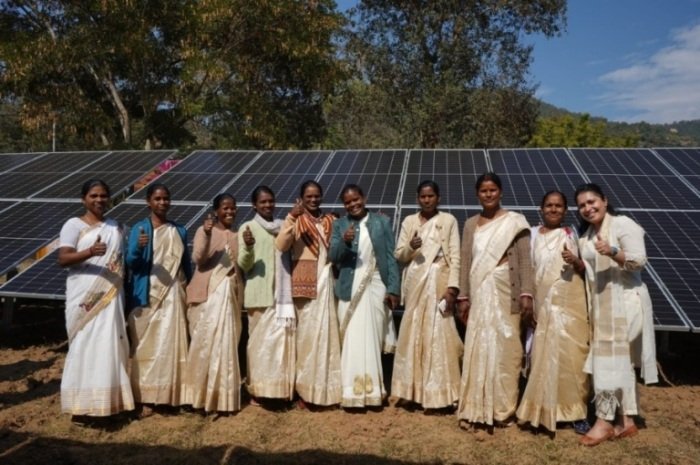
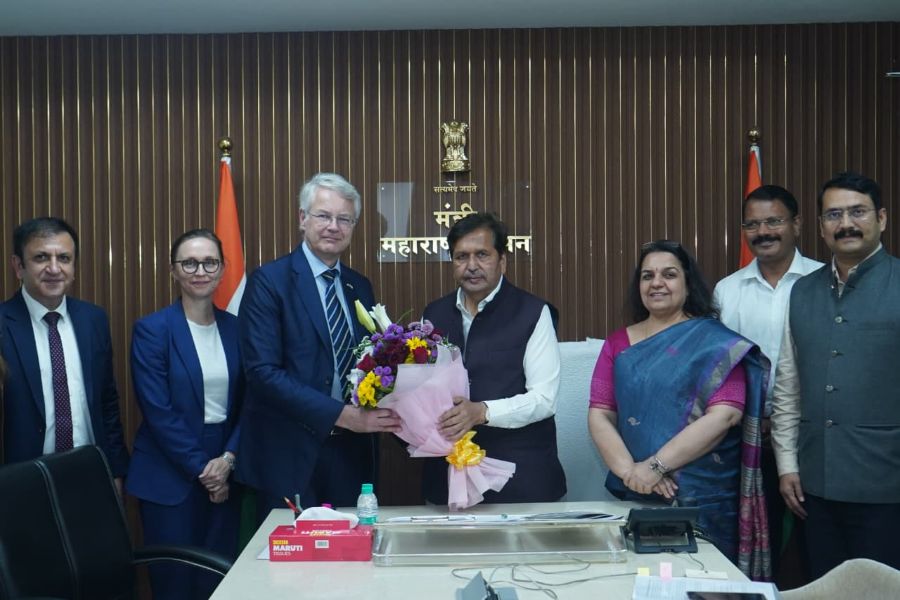





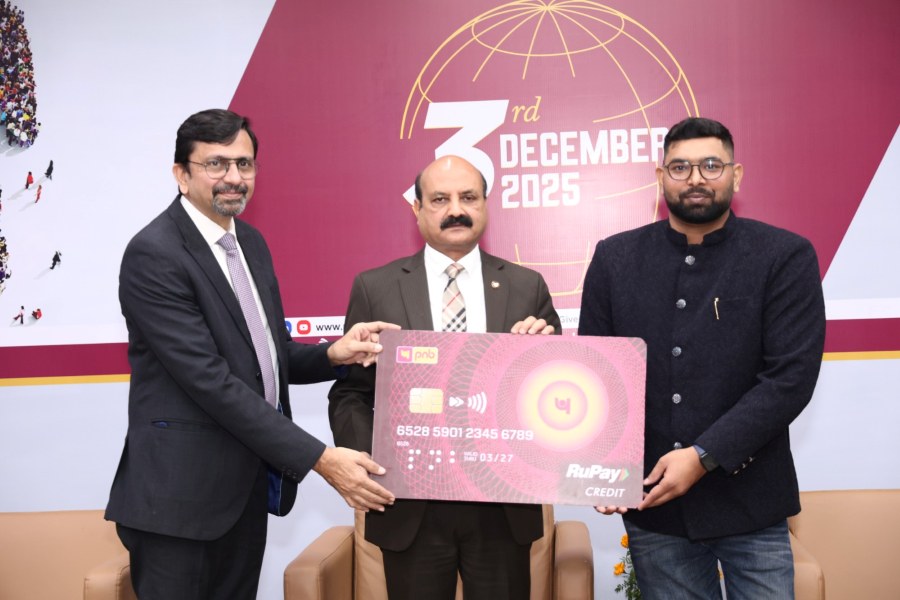
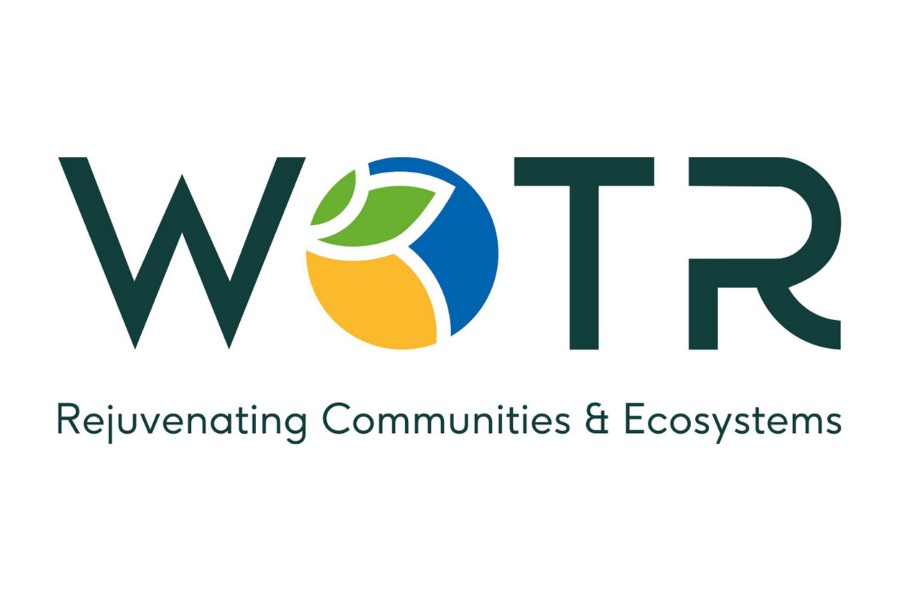
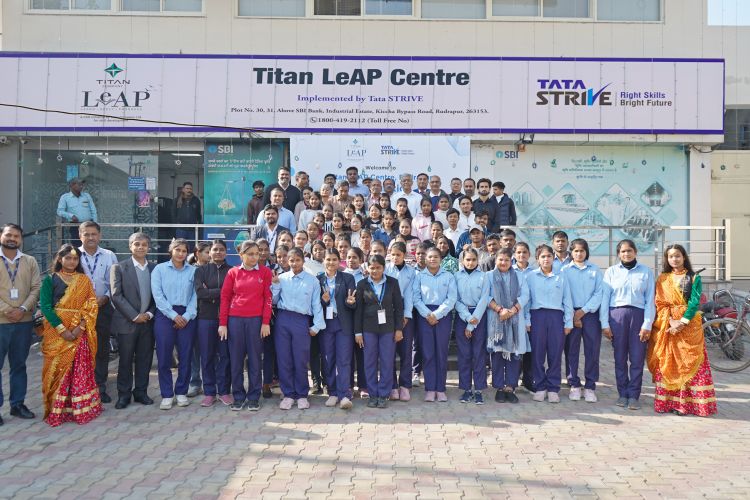
.jpg)
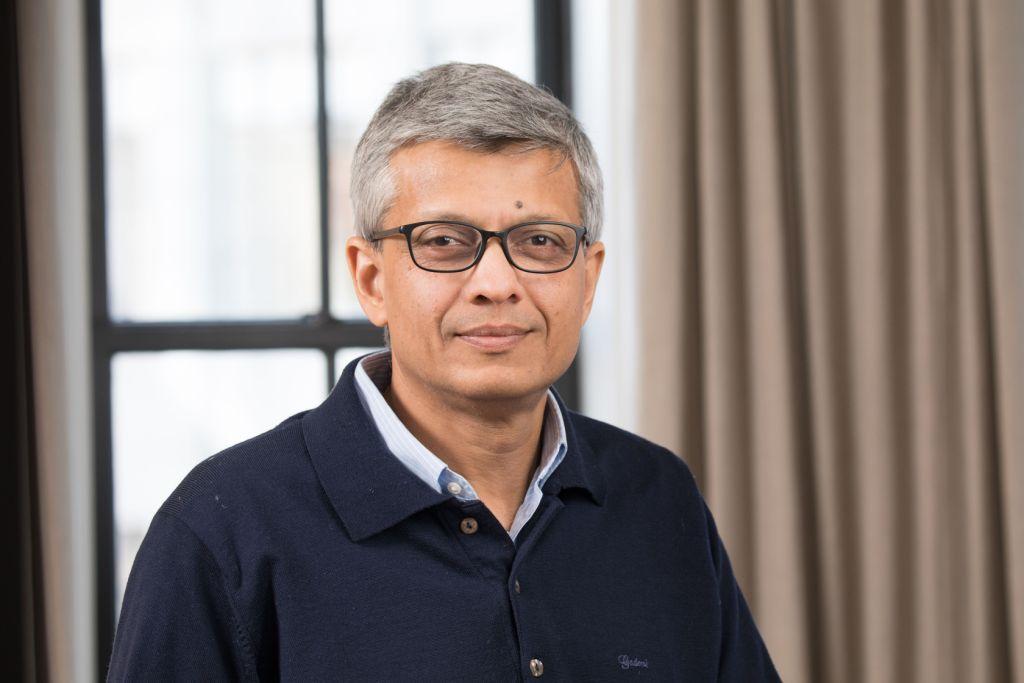



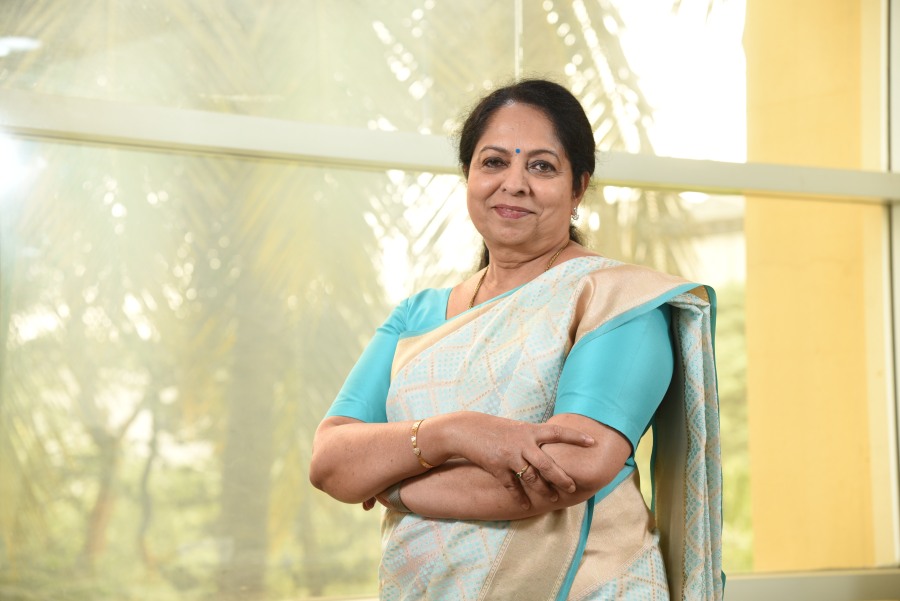
.jpg)




